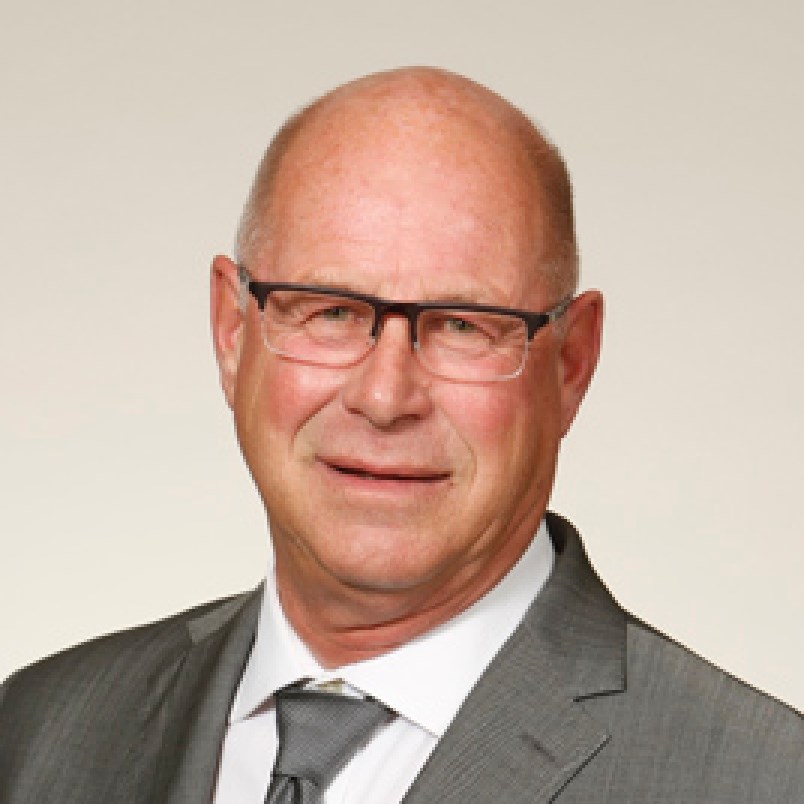EAST CENTRAL — A balanced budget and infrastructural improvements in the east central region were highlights of the spring sitting of the Saskatchewan Legislature for local MLA Fred Bradshaw.
The third session of Saskatchewan’s 28th Legislative Assembly closed on May 16 with Premier Scott Moe and the Saskatchewan Party government wiping off the dust from its first court battle against the federal government’s carbon tax. Nearly two weeks earlier, the province’s highest court voted 3-2 in favor of the constitutionality of Ottawa’s imposition of the tax.
But Bradshaw, who’s the Sask. Party MLA for Carrot River Valley, said the province’s ability to present a balanced 2019-20 budget in spite of challenges to the resource and agricultural sectors was instrumental in setting Saskatchewan’s economic foundation through the next four years.
“The main thing was we managed to put the right balance to the budget even in these trying times, so Saskatchewan is moving forward with increased jobs and an increased population,” Bradshaw said, noting that resource revenues have slid from a high of 32 per cent to 12 per cent of total income. “People are looking at Saskatchewan as a place to be instead of a place to be from.”
The 2019-20 provincial budget was released on March 20 with projected revenues of $15.03 billion and $14.99 billion in expenses. The plan proposed a small surplus of $34.4 million while increasing funding to health care and proposing no new taxes or tax increases.
Bradshaw said a $30 million contribution to mental health initiatives was particularly timely considering a growing epidemic of opioid addiction throughout the province.
“That seems to be a problem that’s getting bigger and bigger every year,” he said.
Bradshaw was also keen on a $3,000 tax credit for volunteer firefighters and first responders working more than 200 hours per year beginning in 2020. Plus, a new trespassing law protecting rural, private farmland was another significant accomplishment through the spring session. The law, which forces individuals to get permission before entering privately-owned agricultural land, was something producers had been requesting for some time, said Bradshaw.
Locally, infrastructure work in the region was announced through the first quarter of 2019. An inferior section of Highway 55 located northeast of Carrot River will be fixed, improving the drivability of an economically important piece of road in the region. The $12.5 million project was announced in April.
“This will be great for the economy in the area, not just on the farming end, but also for the logging industry,” Bradshaw said.
Meanwhile, repairs to 21 kilometers of Highway 255 towards Tobin Lake and a $6.2 million renovation of the Highway 55 bridge near Nipawin continue to progress.
“Personally, I’m still working on trying to get a new school for Carrot River, but we’re not there yet,” said the third-term MLA. “I think we’re getting fairly close, though. We might be looking at it in the next budget.”
As provincial legislators move through the summer, they will be watching for any further changes to natural resource policies coming down from Ottawa. Bradshaw said producers in both the oil and agriculture industries are being impacted by both a lack of willingness to get crude oil pipelines built and Chinese-imposed tariffs on Canadian canola.
“We’re trying to work with the federal government to get the tariffs off,” said Bradshaw. “That’s a multi-billion dollar industry and we’re going to take a big hit if we can’t export our canola. I know the premier is working very hard with the federal government in bringing this concern forward. We’re also trying to get some pipelines built to move our oil product both east and west. We need to get that product to tidewater for shipping and we also need it going east to get to refineries in the Maritimes.”



